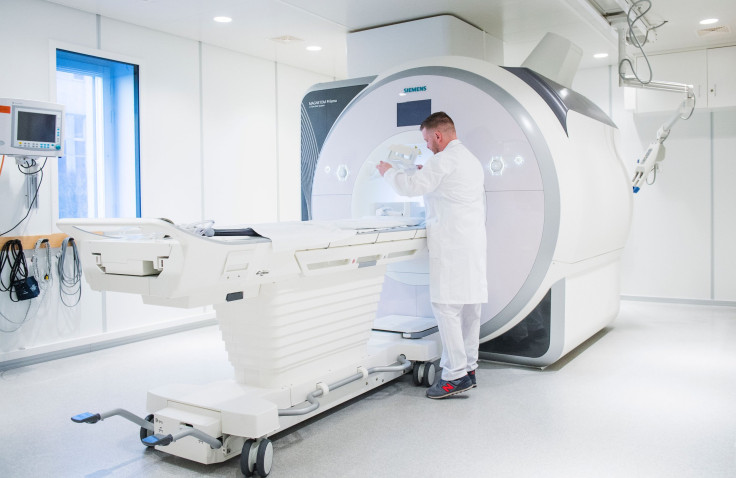Can Suicide Be Prevented By Science?

Suicidal individuals can be identified through a new algorithm, according to a new study published Monday. A computer program was created by researchers from Carnegie Mellon University (CMU) and the University of Pittsburgh (UP) to become a potential method for diagnosing mental health conditions in the near future. The algorithm proved to be 85 percent accurate in identifying subjects that possessed suicidal tendencies.
Researchers analyzed the way suicidal individuals think and feel about life and death through brain scans and artificial intelligence, in a small study published in Nature Human Behaviour. Patterns in the data were examined to see how the participant's brain lit up through a fMRI machine.
"Our latest work is unique insofar as it identifies concept alterations that are associated with suicidal ideation and behavior, using machine-learning algorithms to assess the neural representation of specific concepts related to suicide," Marcel Just, a psychology professor at CMU and the study's lead researcher, said in a news release Monday. "This gives us a window into the brain and mind, shedding light on how suicidal individuals think about suicide and emotion-related concepts."
Just added, "What is central to this new study is that we can tell whether someone is considering suicide by the way that they are thinking about the death-related topics."
The research team gathered 17 people who have suicidal tendencies and an additional 17 without. Study subjects were shown a list of 10 words related to death, 10 words relating to positive notions and 10 words related to negative concepts.
The machine-learning algorithm was put to the test with six word-concepts that would distinguish the two groups. The program was able to separate participants who were suicidal from those who weren't with 91 percent accuracy. The program was also able to determine which nine participants had previously attempted to commit suicide with 94 percent accuracy.
The study's researchers used a collection of neural signatures for emotions to gain a better understanding what caused a difference in brain patterns among suicidal participants and non-suicidal subjects. Anger, sadness, shame and pride were primarily used to determine the extent at which each emotion was present in a participant's minds.
The study's authors recognize the research's shortcomings, being the small sample size. The researchers claimed that performing the technological examination on a larger samples size would aid in providing a stronger ability to identify people with suicidal tendencies.
"Further testing of this approach in a larger sample will determine its generality and its ability to predict future suicidal behavior, and could give clinicians in the future a way to identify, monitor and perhaps intervene with the altered and often distorted thinking that so often characterizes seriously suicidal individuals," said David Brent, a psychology professor from UP and the study's other lead researcher, in a news release Monday.
Suicide is the 10th leading cause of death among Americans. It claims the lives of approximately 800,000 worldwide, with one person being affected every 40 seconds. The act, which reportedly affects more than 40,000 people in the United States annually, is more common among men compared to women, particularly middle-aged white men.
Suicidal warning signs include talking about death, increased abuse of alcohol or drugs, extreme mood swings and withdrawing from normal activities, among other indicators.
© Copyright IBTimes 2024. All rights reserved.






















